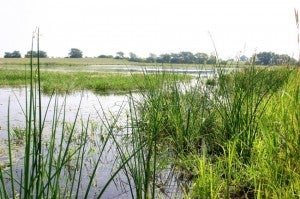Coastal communities are struggling to accurately understand their flooding risks and identify appropriate solutions for mitigating the effects of rising seas and increased storm surges.
Fortunately, new technologies are emerging that facilitate more rapid acquisition of more accurate data and improve data visualization to support efforts to build coastal resilience.
[Tweet “New technologies are emerging that can help communities understand risk and build coastal resilience. https://www.edf.org/Ejp”]
Leaders in the private sector have already developed bold new technologies – from satellites and sensors to machine learning – to help understand risks and develop solutions. But this fourth wave ingenuity is not limited to the private sector. Several public sector entities offer innovative and readily usable resources to help build more resilient and safer coastal communities.










